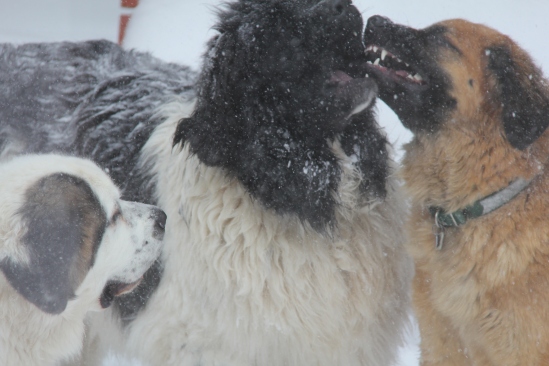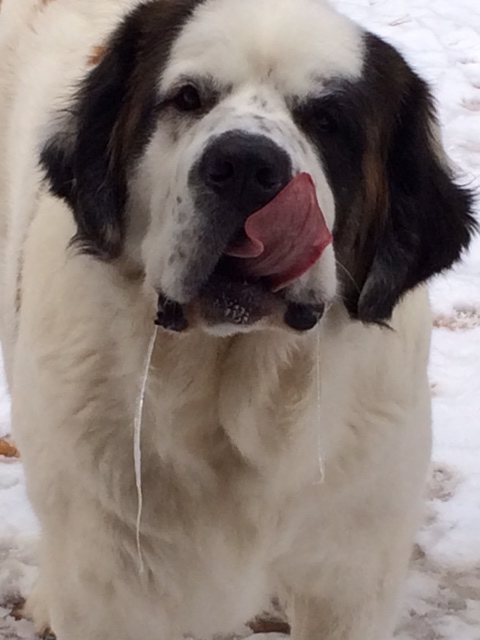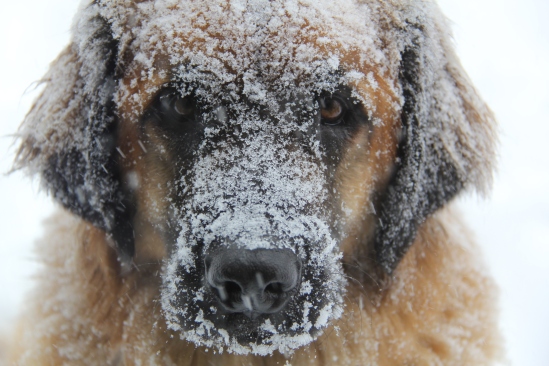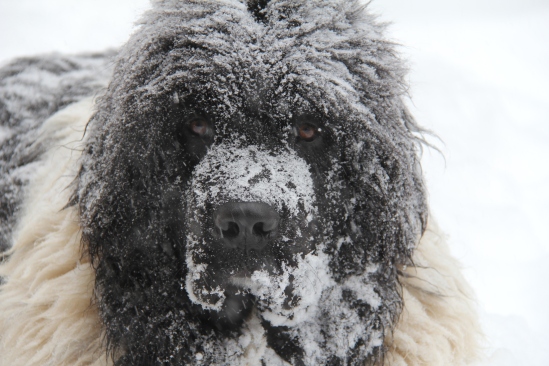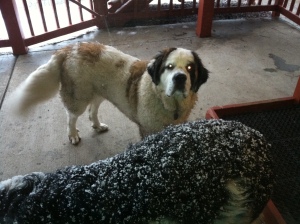Troy, who was kind enough to foster Skye for a while before she found her way to Colorado and into my back yard, wrote me yesterday to share some advice he had received from a trainer:
Hi Gary,
I saw your blog on Skye and wanted to offer a few pointers. I think she acted pretty similar when she was here with us. Just takes some patience, she had a pretty rough first 7 months to her life. Her only human contact was somebody that probably fed them and didn’t see a lot of affection.
She is really similar to our older Saint who came from a mill by way of a couple of other stops. She probable took 3-4 months before she really started coming around and now can’t get enough attention and affection. I’m copying some advice I got from a friend who does rescue work and is a professional retriever trainer. It was when I had the same type of questions about our Saint. Let me know if you have any questions.
#1 is to ignore her, which sounds awful!!! But people generally err on trying to “force”, albeit nicely, the dog to be more confident. By talking to it a lot, touching it a lot, etc. Biggest thing is to give her space to evaluate things on her own, at her own pace and decide when she’s ready to approach things she has otherwise been fearful of. Make sure that your interations with her aren’t sugary sweet coddling, but calm confidence instead. If something happens that scares her, YOU act confident and “business-like” as if nothing ever happened. Don’t feed into the fear by reassuring her – dogs don’t understand that and they take what we perceive as “reassurance” as fearfulness in you – which reinforces her fearfulness. So if something scares her and you talk in syrupy, sweet quiet voices, then TO HER, it’s like “oh, yeah, they’re scared too. I definitely need to continue being afraid of that”… So that’s rule #1, let her do things at her own pace and keep YOUR demeanor with her very calm, confident and non-pushy.
Another thing to do is to relate scary situations with something she likes, and this can be tough sometimes. Some dogs, rescue or not, do not have anything that’s their “passion”… 85% of the time, dogs love food, right? And you can use that to make otherwise scary situations be positive – by giving her special treats, food (even human – steak, chicken, etc. that is GOOD quality) to relate what she likes with the scary thing.
Crate her if you aren’t already doing that – this gives her a few hours or overnight to feel safe and secure. A place where she can relax.
One thing we almost always do with particularly fearful dogs is just let them hang out with us when we’re going to be doing something relaxing for a few hours – watching a movie, working in the office, etc. Just let the dog hang out and you go about your business. Even if you go in and out of the room, just leave the dog be. IF and when she approaches you or something fearful, then reward her with calm, confident, but definitely excited praise. No gooey talk. More like a “cheerleader” – give her a nice big “gooood girl!!!” and pat her on the CHEST (not the head or anywhere else – for whatever reason chest is most relaxing in this situation).
Ok, there are a few things for now. I have to run, but pls keep me posted and let me know if you have any questions. Let me know some specific situations you’re concerned about and I’ll try to help. THANKS!!!


